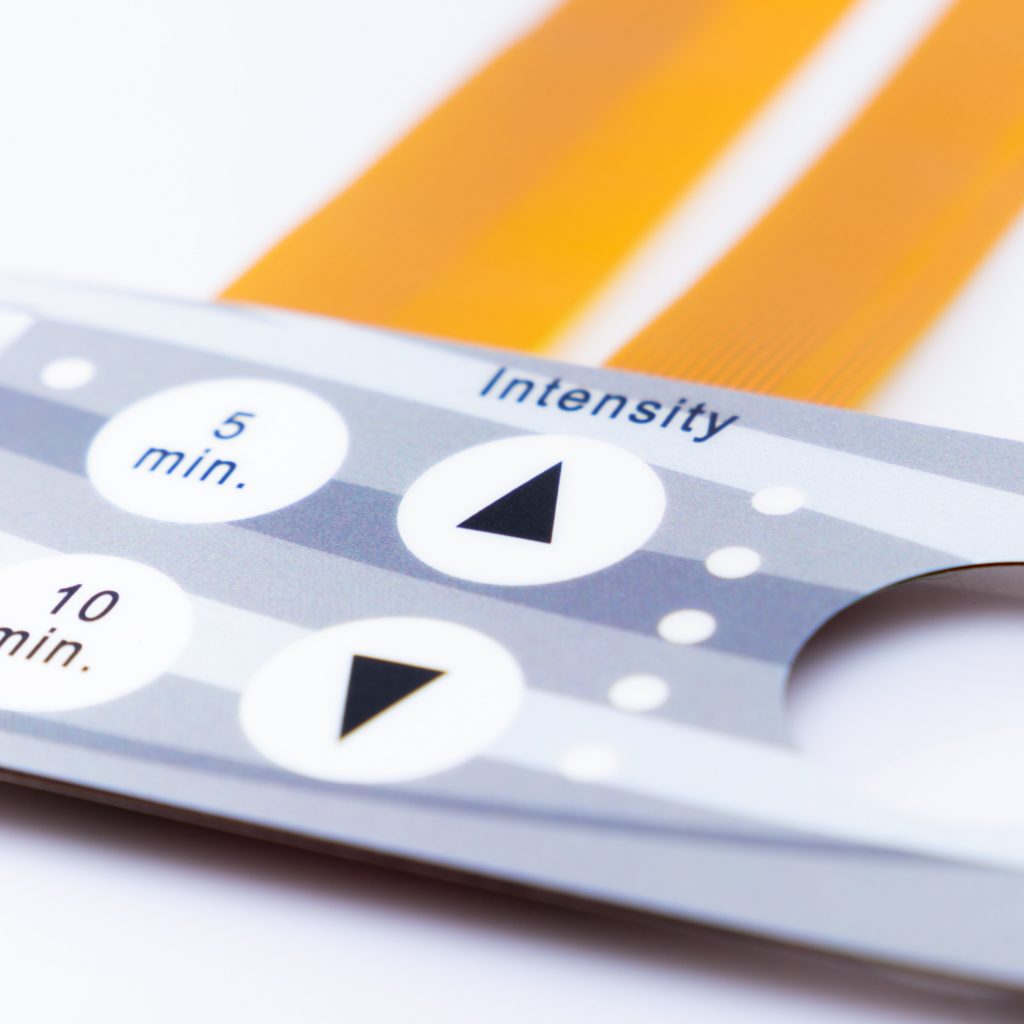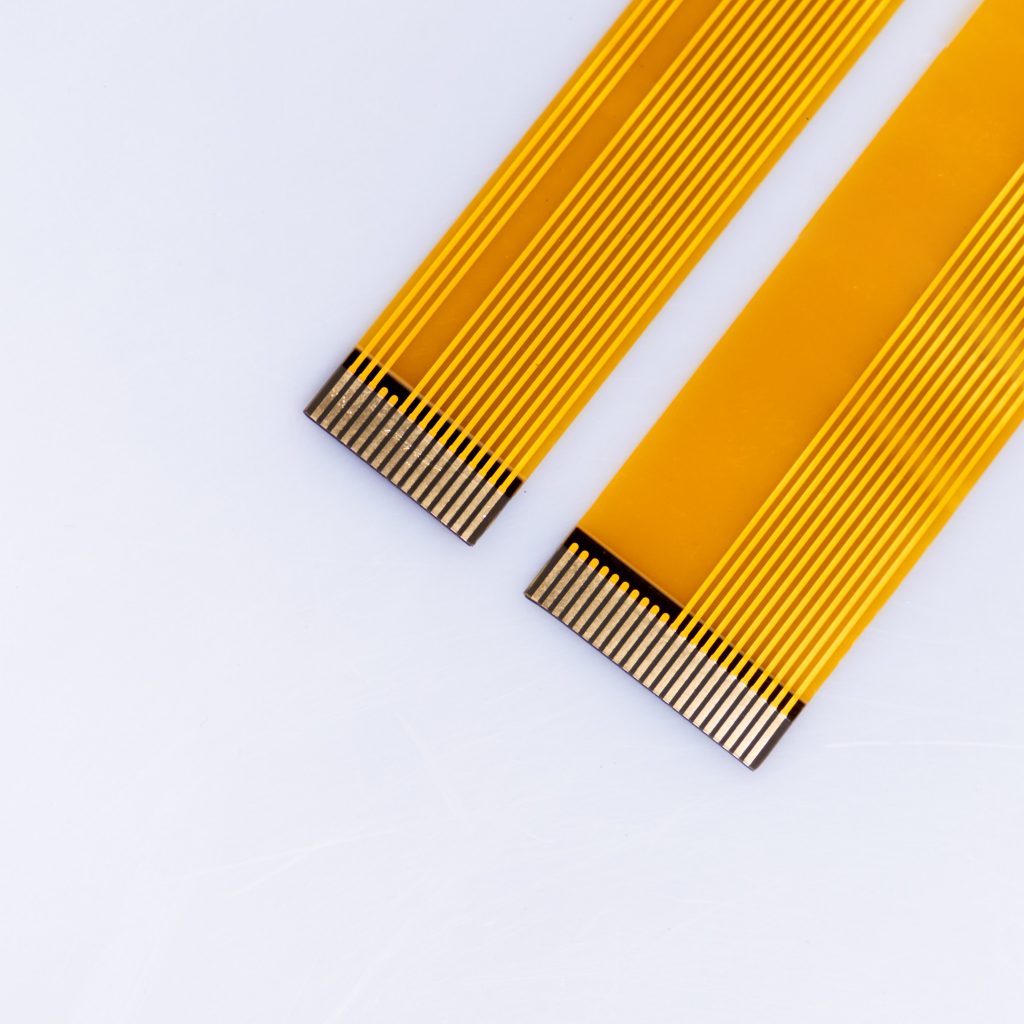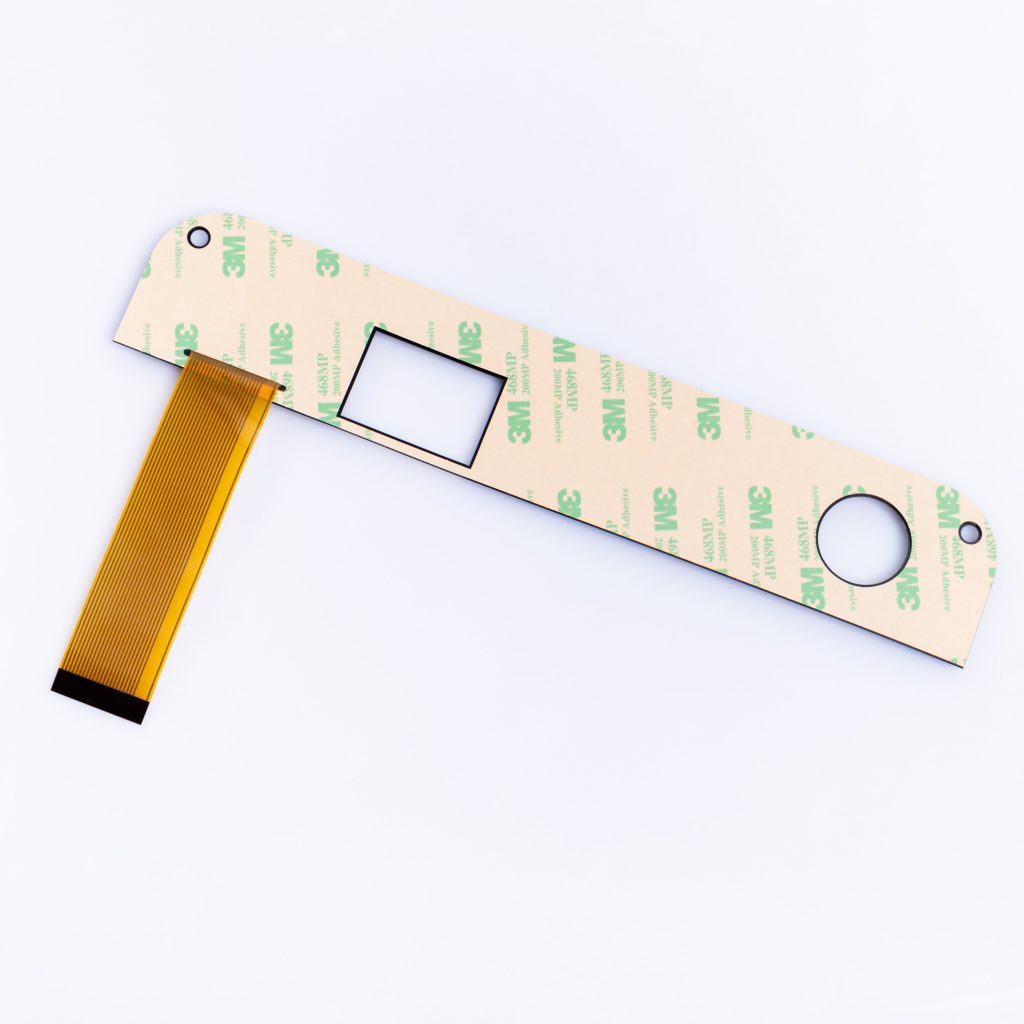Contact
Write to Us And We Would Be Happy to Advise You.
Do you have any questions, or would you like to speak directly with a representative?
By hqt
In the design of membrane switches, backlighting plays a crucial role in enhancing visibility and usability, especially in low-light environments. Two of the most common methods used for backlighting in membrane switches are LED array and LED edge-lit technologies. Each of these approaches offers distinct advantages and disadvantages, making them suitable for different applications. In this article, we’ll explore the differences between LED array and LED edge-lit backlighting to help you determine which is the best option for your specific needs.



LED backlighting in membrane switches involves using light-emitting diodes (LEDs) to illuminate the keys or symbols on the switch, making it easier to see and operate in dark or dimly lit environments. The two primary methods of implementing LED backlighting are through LED arrays or edge-lit designs, each offering unique characteristics in terms of light distribution, power consumption, and design flexibility.
An LED array consists of multiple LEDs arranged in a grid pattern beneath the surface of the membrane switch. Each LED provides direct illumination to a specific area of the keypad, creating a bright and evenly lit surface. This method is often used when uniform brightness across the entire keypad is required.
One of the most significant advantages of LED array backlighting is the uniform brightness it offers. Because the LEDs are placed directly under the keys or symbols, each area of the membrane switch receives consistent illumination, making it ideal for applications where even lighting is essential.
LED arrays can achieve higher brightness levels compared to edge-lit designs, making them suitable for environments where strong illumination is necessary, such as industrial or outdoor settings.
With LED arrays, it’s possible to create customizable light zones, where different areas of the keypad can be lit independently. This feature allows for greater flexibility in design, enabling the highlighting of specific keys or areas of the membrane switch.
Because LED arrays use multiple LEDs, they tend to consume more power than edge-lit designs. This can be a drawback in battery-powered devices where energy efficiency is a priority.
Implementing an LED array can be more complex and expensive due to the need for multiple LEDs and associated circuitry. This complexity can also lead to higher production costs and a more challenging assembly process.
If not carefully designed, LED arrays can suffer from “hot spots,” where certain areas of the keypad are noticeably brighter than others. This can detract from the overall appearance and usability of the membrane switch.
LED edge-lit backlighting involves placing LEDs along the edges of the membrane switch rather than directly underneath the keys. The light from these LEDs is directed across a light guide panel, which distributes the light evenly across the surface of the keypad.
LED edge-lit designs are generally more energy-efficient than LED arrays because they use fewer LEDs. This makes them ideal for applications where power consumption needs to be minimized, such as in portable or battery-operated devices.
Because the LEDs are positioned along the edges of the keypad, LED edge-lit backlighting allows for a slimmer profile. This makes it a good choice for applications where space is limited or where a sleek, low-profile design is desired.
LED edge-lit backlighting is often more cost-effective than LED arrays due to the reduced number of LEDs and simpler circuitry. This can result in lower production costs and a more straightforward manufacturing process.
One of the main challenges with LED edge-lit designs is achieving uniform lighting across the entire keypad. If not properly designed, edge-lit backlighting can result in uneven illumination, with the areas closest to the LEDs being brighter than those further away.
Compared to LED arrays, edge-lit designs typically offer lower brightness levels. This may make them less suitable for environments where strong illumination is required.
With edge-lit backlighting, customization options for different light zones are more limited. It is generally more difficult to highlight specific areas of the keypad independently, which can be a drawback in applications where this feature is needed.
Choose LED array backlighting if your application requires high brightness, uniform lighting, and the ability to create customizable light zones. It is especially suitable for industrial, outdoor, or any high-visibility application where even illumination is crucial.
Opt for LED edge-lit backlighting if energy efficiency, a slim design, and cost-effectiveness are more important for your project. This method is ideal for portable devices, consumer electronics, or any application where space is limited and power consumption needs to be minimized.
Both LED array and LED edge-lit backlighting offer unique advantages and are suitable for different applications within membrane switch design. Understanding the differences between these two methods will help you choose the right backlighting solution based on your specific needs, whether you prioritize brightness, energy efficiency, or design flexibility.
Can LED array and LED edge-lit backlighting be combined in one membrane switch?
Yes, it is possible to combine both methods in a single design to achieve specific lighting effects, though this can increase complexity and cost.
Which backlighting method is more suitable for outdoor use?
LED array backlighting is generally better for outdoor use due to its higher brightness levels and more uniform illumination.
Does LED edge-lit backlighting work well in low-light environments?
LED edge-lit backlighting can work in low-light environments, but it may not provide the same level of brightness as an LED array.
Is there a significant difference in the lifespan of LED arrays versus LED edge-lit designs?
Both LED arrays and LED edge-lit designs have long lifespans, but the specific lifespan will depend on the quality of the LEDs and the overall design of the backlighting system.
What factors should I consider when choosing between LED array and LED edge-lit backlighting?
Consider factors such as brightness requirements, power consumption, design complexity, cost, and the specific application environment when choosing between the two backlighting methods.
Do you have any questions, or would you like to speak directly with a representative?